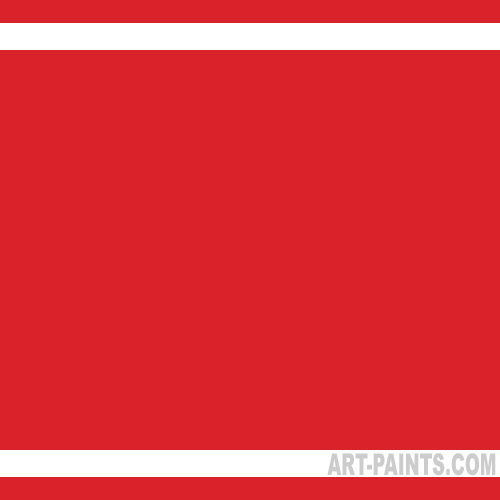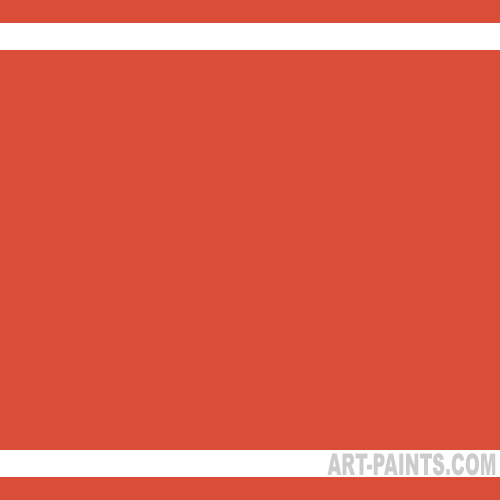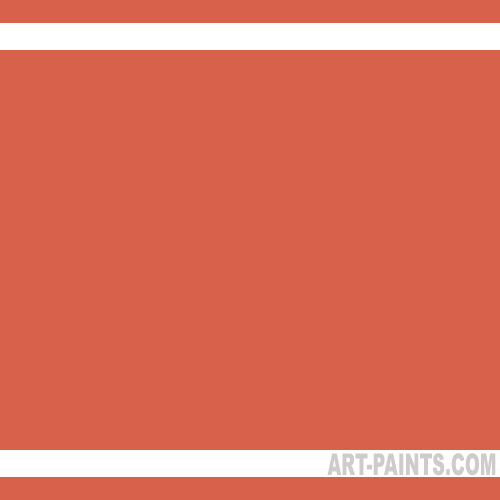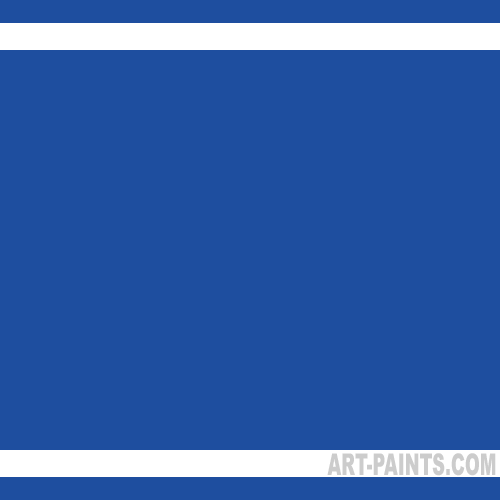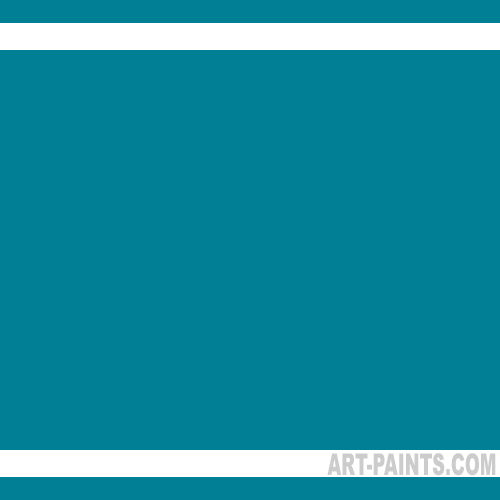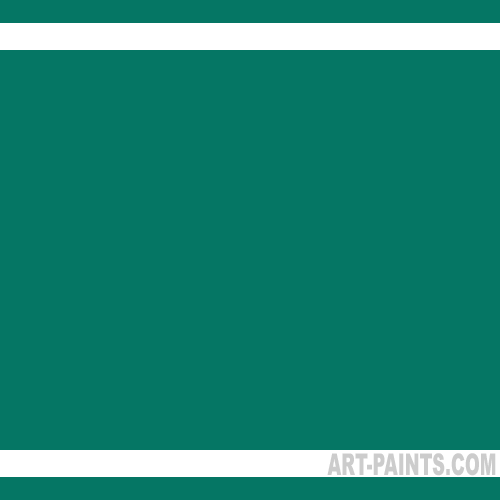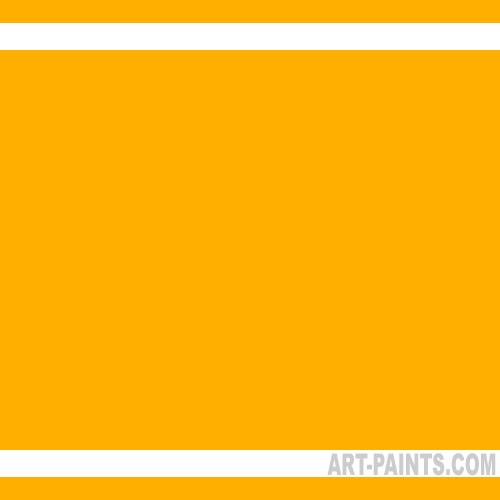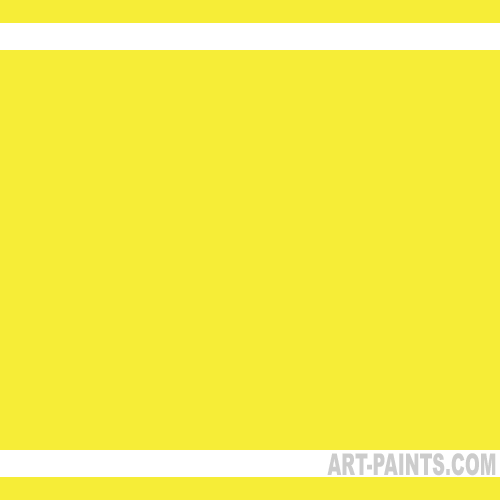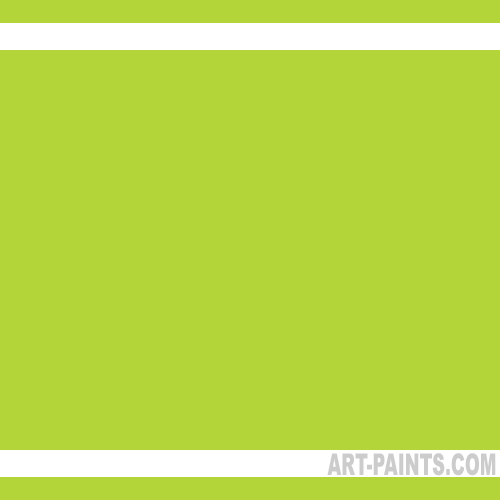Some beginning artists are so overwhelmed with all the pretty colors in their tabouret that they tend to go overboard with their palette.
Too many colors in a painting can be distracting and the overall appearance lacks harmony.
Limiting one’s palette ensures color harmony, and one easy way to do this is by using analogous colors.
In using an analogous palette, you won’t achieve the vibrancy that you would if you used complementary colors, but with good color placement and composition, you’ll create a colorful, successful piece.
You can use bold, brilliant colors, or you may opt for a light-toned or a subdued color palette. Either way, you’re sure to wind up with a painting that’s harmonious and well balanced.
What Are Analogous Colors?
Analogous colors are any three adjacent colors on the color wheel. These colors will always be in harmony no matter how you combine them. In a full, 12-color wheel examples of analogous colors are:
- Red
- Red Violet
- Red Orange
This is a warm palette with red as the unifying color.
- Green
- Blue-Green
- Blue
In this example, blue-green is the color that unites the green and blue hues.
Any three adjacent colors can be combined for an analogous color palette.
Analogous Color Schemes
Let’s take a look at some artist’s color that work well together as analogous colors…
Cadmium Red Deep
This deep, warm red is lightfast and permanent. Its permanence made it a quick replacement for Vermilion Red, as this color is very costly and quite toxic.
Cadmium Red Pale
This soft red color is quite opaque and is a warm red with no blue undertones.
Cadmium Orange
Cadmium Orange was the first true, pure orange artists had at their disposal. This is one of the few oranges that is not composed of yellow and red pigments. It has good covering power, as it is quite opaque.
This combination of colors gives you a very narrow range of hues. You will find that some combinations have more leeway than others, and this is one of those sets that really have limitations. These colors are all very strong, so adding white to lighten and black to darken them will give you a broader range of tones.
Phthalo Blue
This cool blue has a slight undertone of green. It’s very permanent and is a popular color among artists, as it’s also very transparent. The Phthalo colors were all developed in the early part of the 20th century and were considered a great boon to the artist community.
Cobalt Turquoise
This color is fairly opaque, but it does not have a strong tinting ability. However, it has a very good lightfast rating. It is a cool blue that leans to the green spectrum. This hue was developed in the late 18th century and had limited appeal to 19th century painters.
Permanent Green
This semi-transparent color is a vivid, mid-level green that plays well with others. It’s not as permanent as some colors, but it’s certainly not a fugitive color.
This cool combination of colors is great for painting oceans and sea views. These colors are rich and full of vibrancy. Outdoor scenes work very well with these hues.
Cadmium Yellow Deep
This luminous, opaque color is a good pale orange. It has an excellent permanence rating, and works well to create soft, glowing orange tones.
Lemon Yellow
This is a highly transparent yellow with a trace of green undertone. Its permanency rating is good and it is easily diluted to a pale tone. It is very strong and can easily overpower a scene.
Leaf Green
Leaf Green is a transparent color that has a bluish cast. It is a rich, intense color and has excellent lightfast qualities. This green is easily blended to give a more natural, earthy appearance to its tone.
This trio of colors is an example of analogous colors swinging from the warm to the cool side of the color wheel. This combination gives the artist more latitude than some other groupings.
